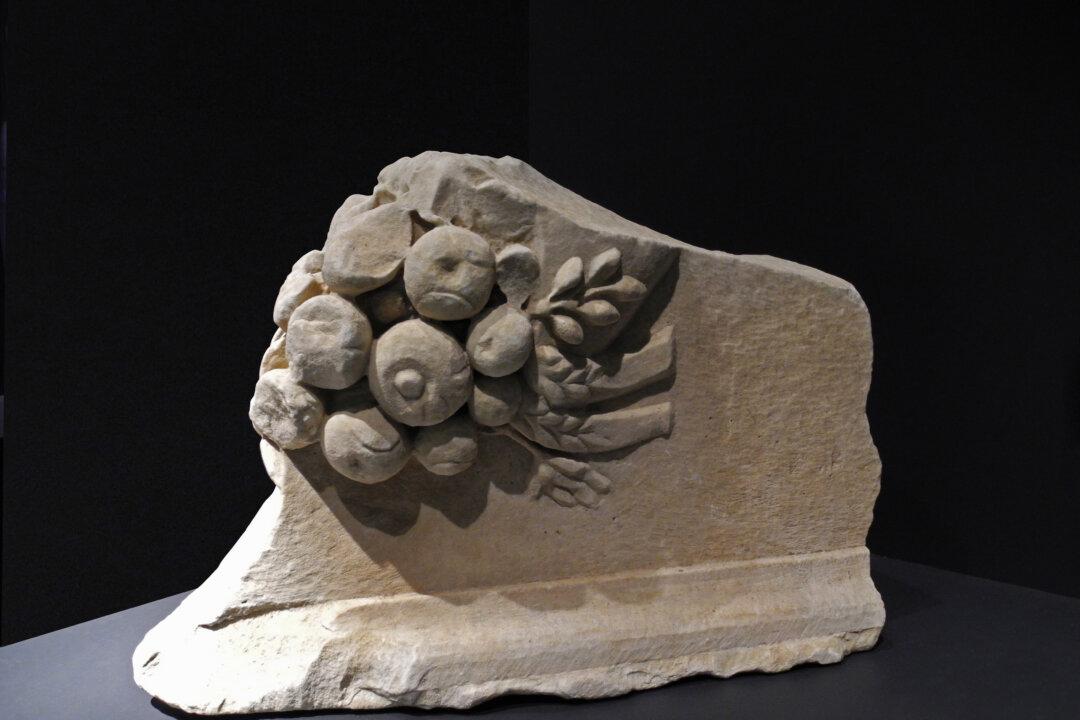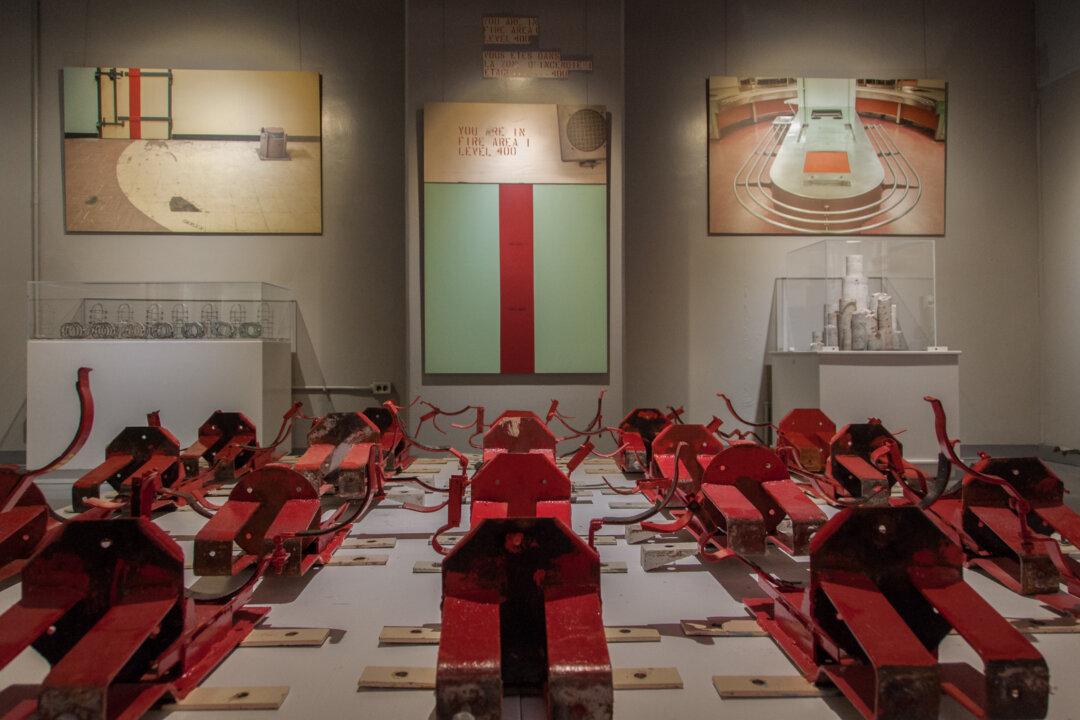“Gladiators and the Colosseum – Death and Glory” is the big summer exhibition at the Canadian War Museum. The exhibition is, as its posters and signage promise, full of death and glory. Contradictions abound.
The exhibition is arranged in a sequence of four rooms, each replete with a wealth of historical narrative accompanied by the display of artifacts from another time.
In the first room, titled “A Day at the Colosseum,” we learn it was customary for the Colosseum’s workers to sit down to a pre-game feast with the gladiators scheduled to fight that day. We learn that those who set up the schedule of the day’s games were called “editors,” and that “gladiatorial combats” have their origin as “funeral rites.”
In 264 BCE, for example, three pairs of prisoners fought in a cattle market to mark the death of someone important. No reason for this “ritual” is given, nor is its meaning discerned for those who watched the fights.
The usual program for a day at the Colosseum began with a parade of all who would be part of the day’s events. There must have been a cast of hundreds, if not thousands. First, spectators saw hunters killing wild animals in the arena. This was followed by a rampaging melee of wild animals killing each other. Then, at noon, all the prisoners who had been condemned for execution on that date were killed. Everyone could see that these sentences were conducted as scheduled.
Now, we get to the main event of the day. Accompanied by musicians and dancers, the gladiators enter the arena and proceed with their warm-up exercises. Musicians and dancers depart, and it’s time for the fighting to start.





